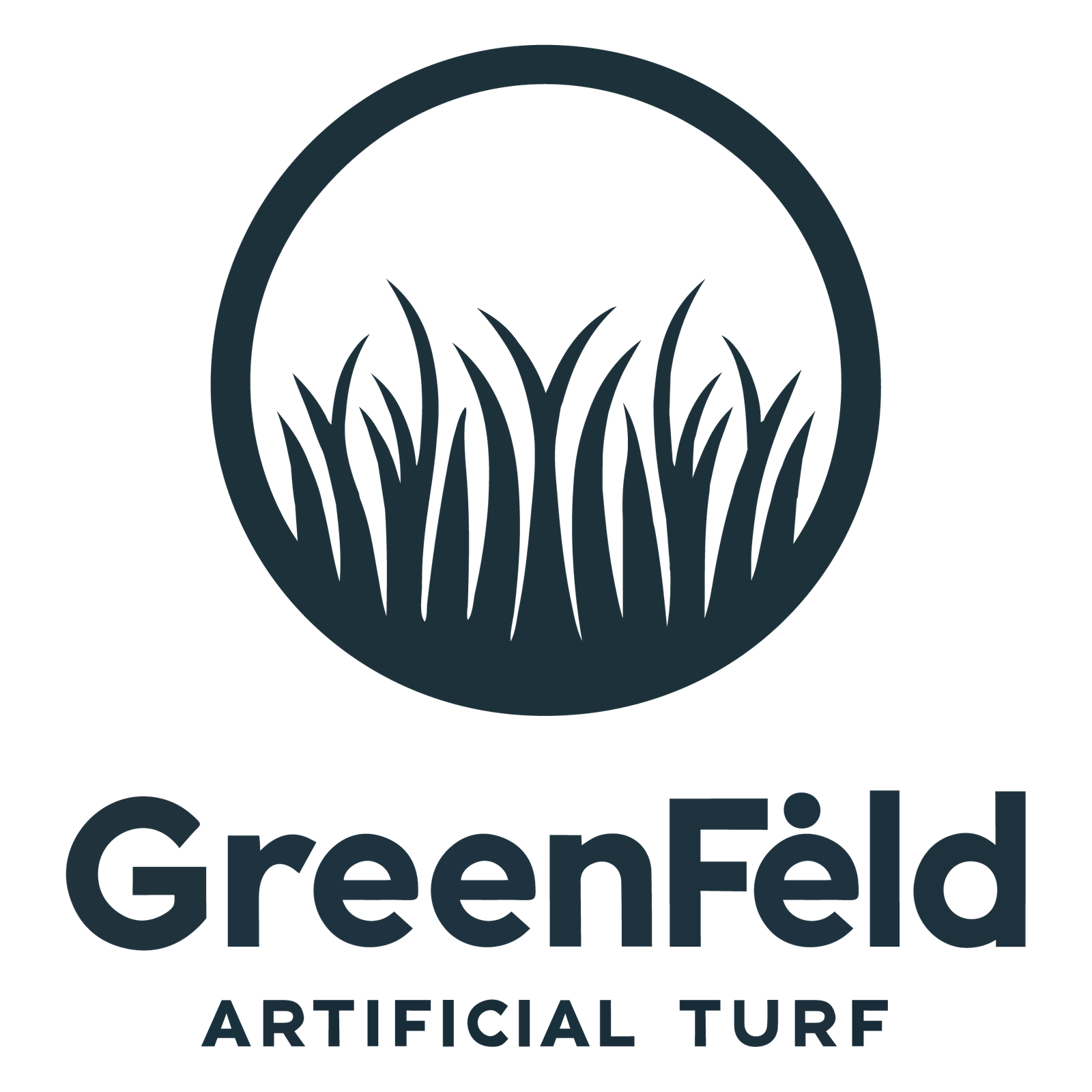Many potential players worry about the right measurements for a Padel court. I also had questions when I first encountered this exciting and fast-paced racket sport.
A standard Padel court is 20 meters long and 10 meters wide, enclosed by walls and wire mesh. The net sits in the middle at a fixed height of 0.88 meters. These standard measurements promote fair play and create the distinctive gameplay that players love.
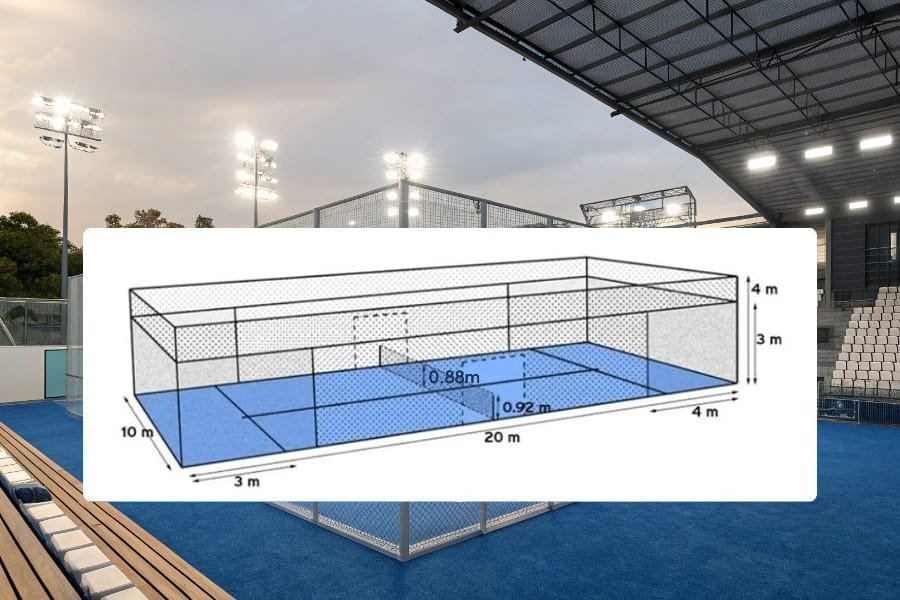
padel court dimensions
Although these figures may seem simple, the details behind them matter. Let me break down the dimensions and highlight key differences so you can make better decisions when planning or playing on a Padel court.
Padel Court Dimensions Explained: How Do They Differ from Tennis Courts?
Some people assume a Padel court is just a smaller tennis court. This misunderstanding leads to confusion. I once thought the same until I discovered the exact differences.
Padel courts measure 20 meters by 10 meters, while tennis courts stretch around 23.77 meters by 10.97 meters in singles format. This size difference changes play speed, angles, and footwork. Padel also features surrounding walls, which are not part of standard tennis courts.
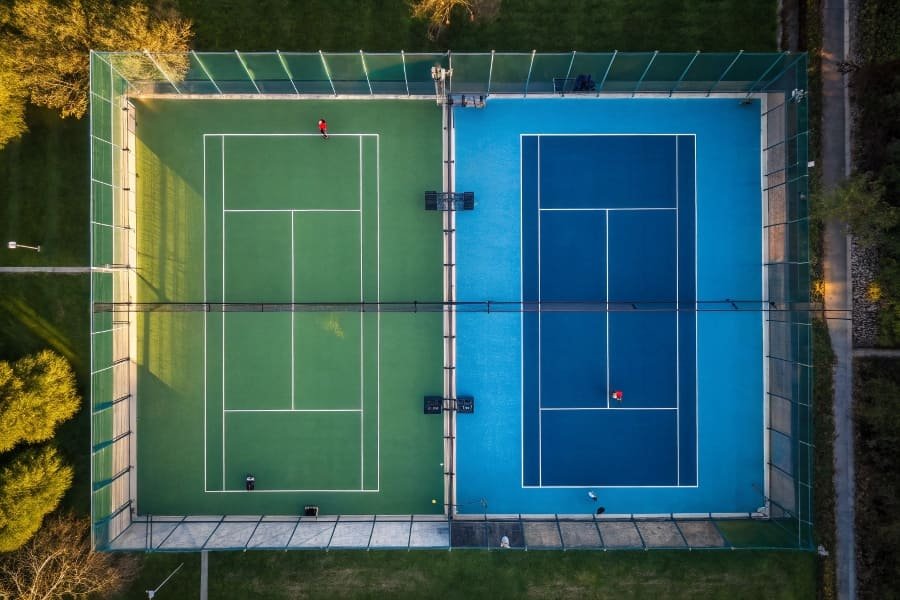
padel court vs tennis court
Comparing Court Layout
Padel courts are enclosed on all sides by walls or glass panels. This enclosure is part of the playing area. Balls can bounce off the walls, adding strategic depth. Tennis courts, on the other hand, have open boundaries. Only the lines mark the playing area, and balls landing outside those lines are out of play. I remember my first transition from tennis to Padel. I quickly noticed the smaller court required faster reflexes, especially near the walls. The enclosed structure encourages clever angled shots and a more dynamic style.
Key Differences in Gameplay
Players in Padel often stay closer to the net to capitalize on rebounds off the walls. The smaller surface makes each rally more intense. In tennis, back-court coverage is a priority, and the extra space allows bigger swings. I feel that Padel’s compact setting increases teamwork among doubles partners. Coordination is vital because the ball returns from the walls at surprising angles.
| Feature | Padel Court | Tennis Court |
|---|---|---|
| Length | 20m | 23.77m (singles) |
| Width | 10m | 10.97m (singles) |
| Walls | Enclosed with walls | Open boundaries, no walls |
| Net Height | 0.88m at center | ~0.914m at center (singles) |
This table shows the size differences. I believe understanding these facts helps you appreciate why Padel demands agility and quick strategy. It is a unique sport, not just a mini version of tennis.
Why Are Padel Courts More Space-Efficient Than Tennis Courts?
Some facilities cannot support a full-size tennis court. Planners worry they will lose potential customers if they cannot offer racket sports. I have seen many choose Padel as a practical alternative.
Padel courts take up less ground area, which makes them ideal where real estate is limited. They also host doubles matches comfortably, allowing more people to play in a smaller space.
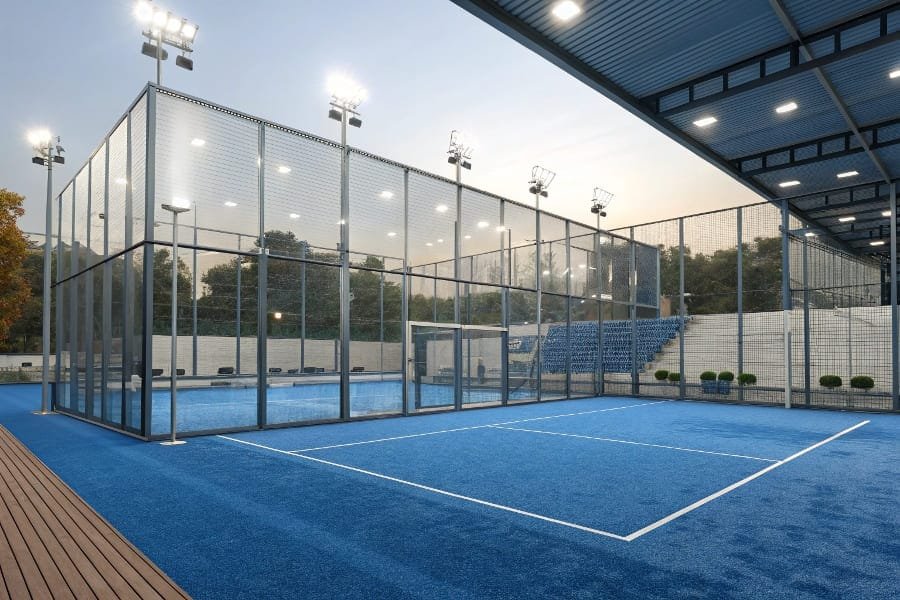
space-efficient padel court
Maximizing Limited Areas
Padel courts require 200 square meters. Tennis courts, especially those for singles and doubles, can take over 260 square meters or more. For multi-sport complexes, this size difference is significant. I have seen clubs convert underused land into multiple Padel courts, increasing revenue and providing a fresh experience for members. Padel’s compact layout also reduces the walking distance players cover, resulting in more quick-action rallies.
Cost and Maintenance Benefits
A smaller playing area usually means less ground preparation, which can reduce overall installation costs. From my experience, it is easier to maintain a smaller court, especially in places with strict water restrictions. Watering a tennis court is often unnecessary if it has a hard surface, but even then, there is still more perimeter to clean. With Padel, I notice that facilities focus on keeping the walls and net area in top shape, which is simpler. The smaller footprint can accommodate more courts in the same area, letting clubs host multiple games at once.
| Factor | Padel Court | Tennis Court |
|---|---|---|
| Required Space | ~200 sqm | ~260+ sqm |
| Installation | Less ground preparation | More extensive groundwork |
| Maintenance | Walls and net upkeep | Larger surface to maintain |
| Revenue Model | Can install more courts | Often limited by large space |
What Are the Wall and Net Height Requirements for a Padel Court?
I remember many people asking about Padel’s specific wall heights. That confusion arises because walls are optional in other racket sports. The unique design makes Padel special.
Walls in Padel typically reach up to 4 meters high at the back of the court, gradually decreasing toward the net. The net stands at 0.88 meters in the center, rising slightly at the sides to 0.92 meters.
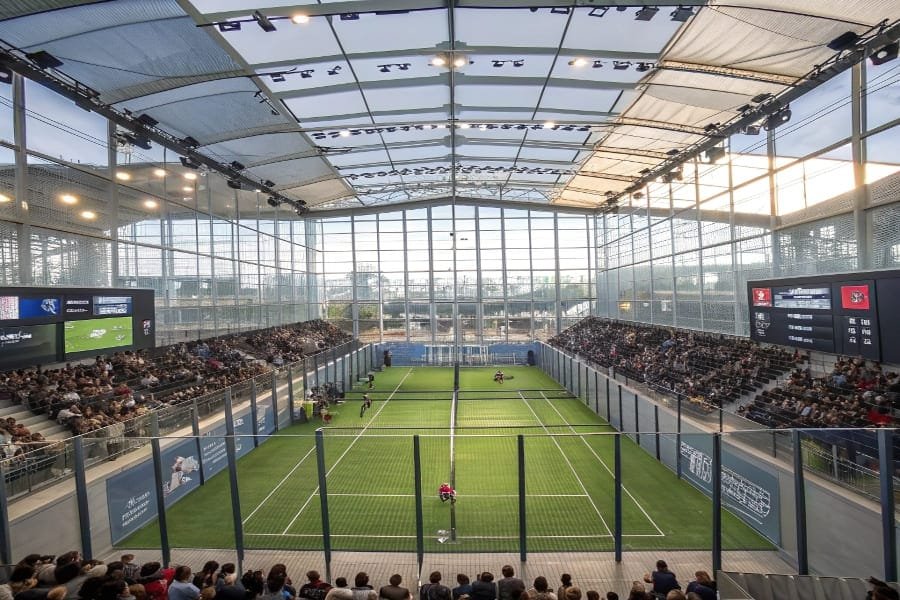
padel court wall height
The Purpose of Enclosed Walls
Walls keep the ball in play and shape Padel’s fast-paced nature. Shots can bounce off these surfaces, making the game more thrilling. The maximum height usually allows for strategic lobs and angled returns. In my early days, I had to adjust my aim, because a tennis-style lob might rebound off the glass and come back at me faster than expected. The enclosed design forces creative angles and consistent focus.
Net Specifications
The Padel net is lower than a tennis net, but it still serves as a central divider. The standard height is 0.88 meters in the center, then increases slightly at the posts. That small rise is enough to maintain tension and stability. I have seen cheap installations sag over time, which can ruin the bounce. A good-quality net system lasts longer and supports fair play. I suggest checking net tension regularly, especially in high-use courts where daily matches put stress on the net.
| Element | Standard Height | Purpose |
|---|---|---|
| Back Wall | Up to 4m | Allows ball bounce and containment |
| Side Wall | Varies from 3m to 4m | Creates playable angles |
| Net | 0.88m center, 0.92m at posts | Maintains fair height across width |
How much does it cost to build a padel court in the USA?
Many people consider investing in a Padel court but worry about expenses. I faced similar concerns when exploring expansion options in different states.
Building a Padel court in the USA can range from \$30,000 to \$80,000, depending on materials, local labor costs, and site preparation needs. Extras like premium lighting or climate-control systems can raise expenses further.
Factors Affecting the Price
Different regions have different labor rates. If you are installing in an urban area with high construction costs, your budget must be larger. Materials can also vary. Glass walls and high-grade surfaces usually cost more. I recall a project in California where strict safety regulations added extra structural requirements. That increased the final price. Additionally, obtaining permits can be time-consuming and costly, depending on local codes.
Return on Investment
Many clubs add Padel courts because of growing demand. More players mean steady usage, generating income for membership fees, lessons, and tournaments. However, it is important to plan carefully. Unexpected issues, like soil quality or drainage problems, can inflate costs. I tell clients to consult professionals who specialize in Padel court construction. They can outline the steps, from initial excavation to final touches. With proper planning, the court can become profitable in the long run.
| Cost Component | Approximate Range | Notes |
|---|---|---|
| Court Construction | \$30,000 – \$80,000 | Depends on materials and location |
| Lighting System | \$2,000 – \$10,000 | LED vs. basic lighting variants |
| Permits and Fees | \$1,000 – \$5,000 or more | Varies by region |
| Maintenance Budget | \$500 – \$1,500 per year | Cleaning, repairs, net replacement |
Conclusion
Padel courts have precise dimensions that shape a fun, compact sport. Understanding measurements, wall heights, and costs helps you build or play on a court with confidence.
